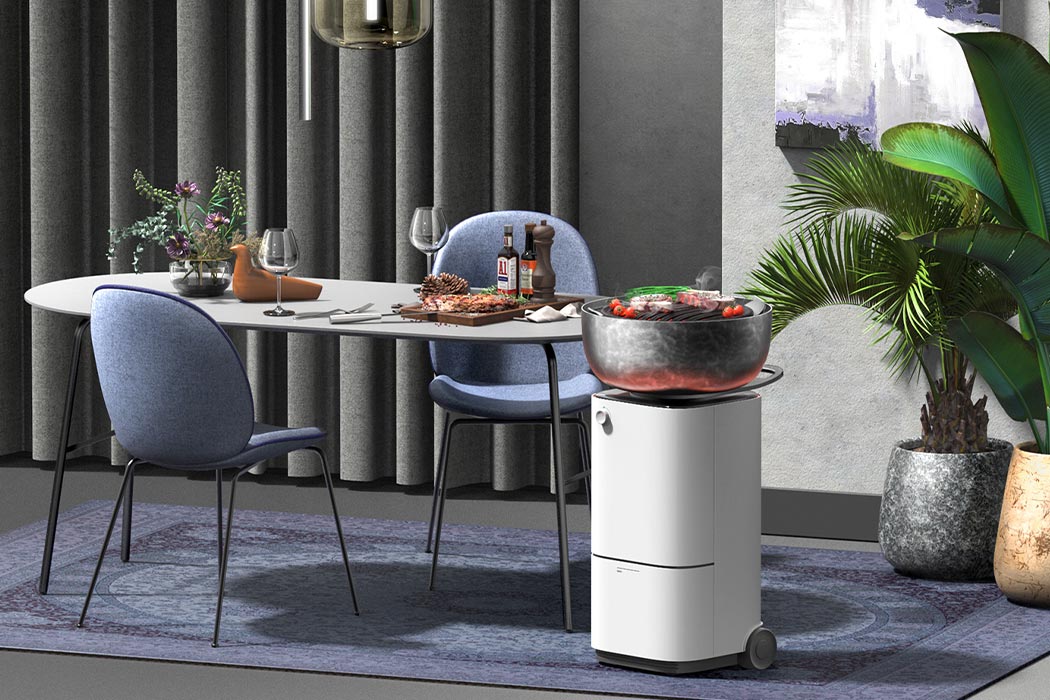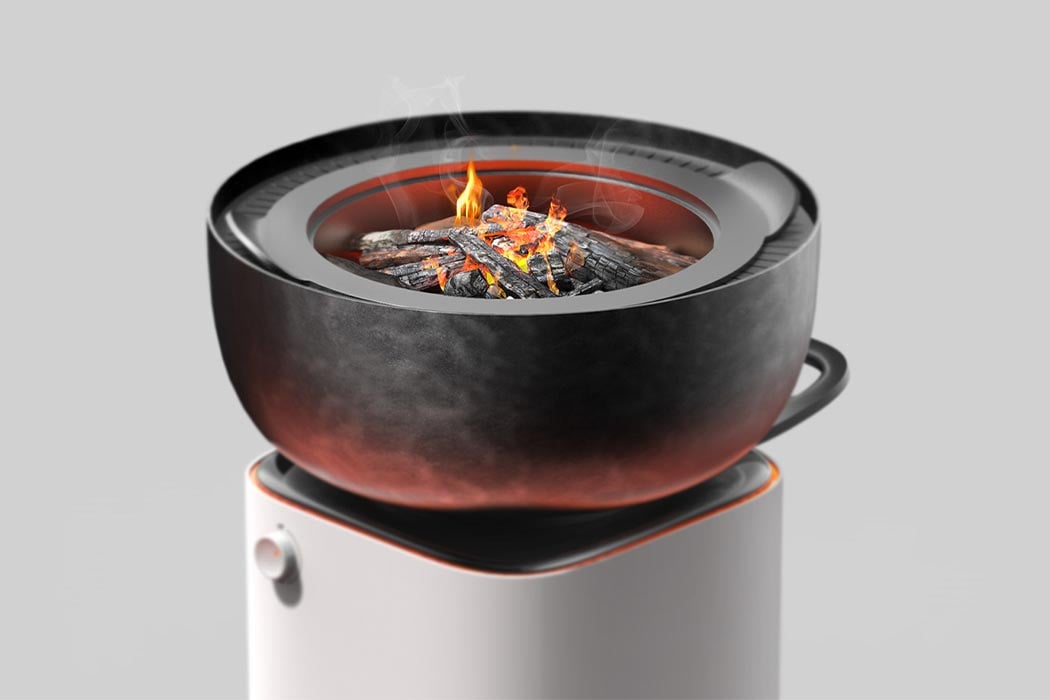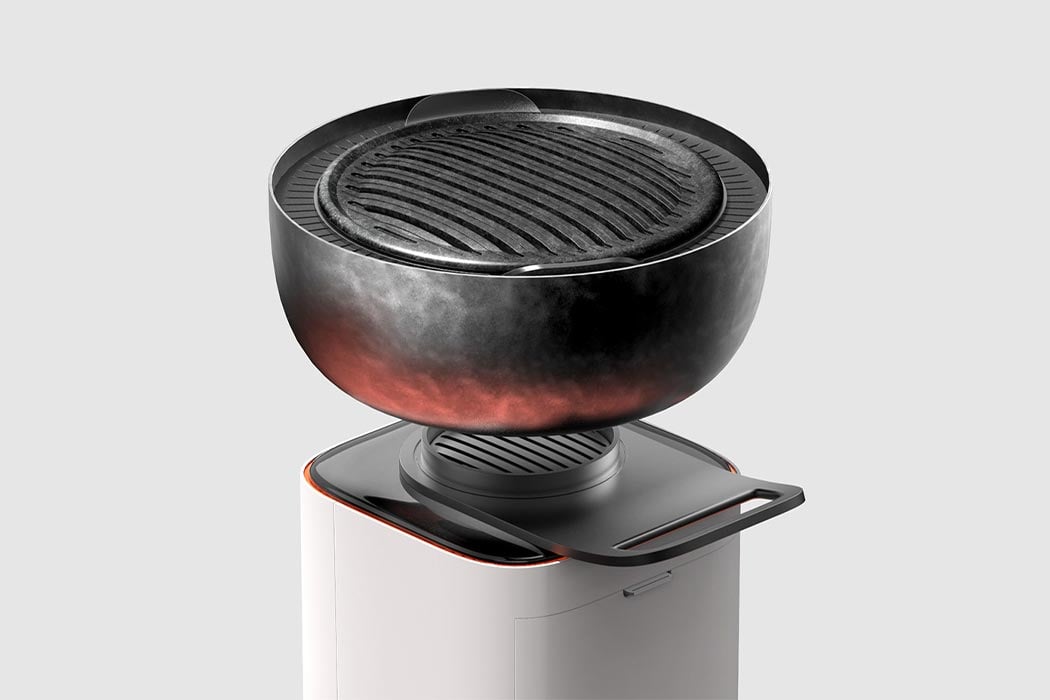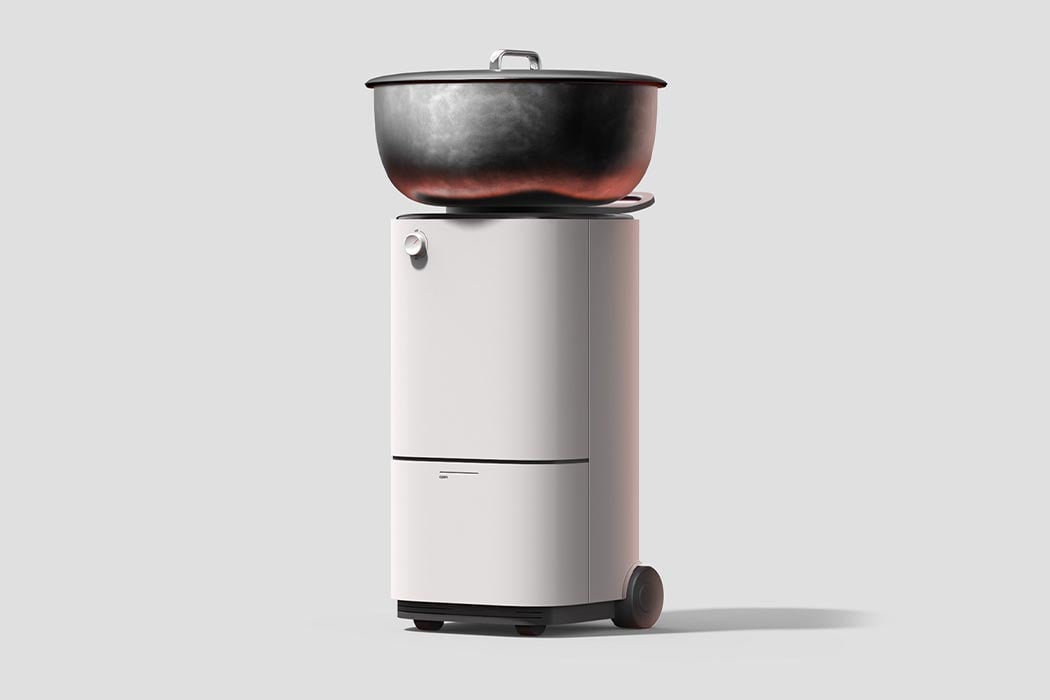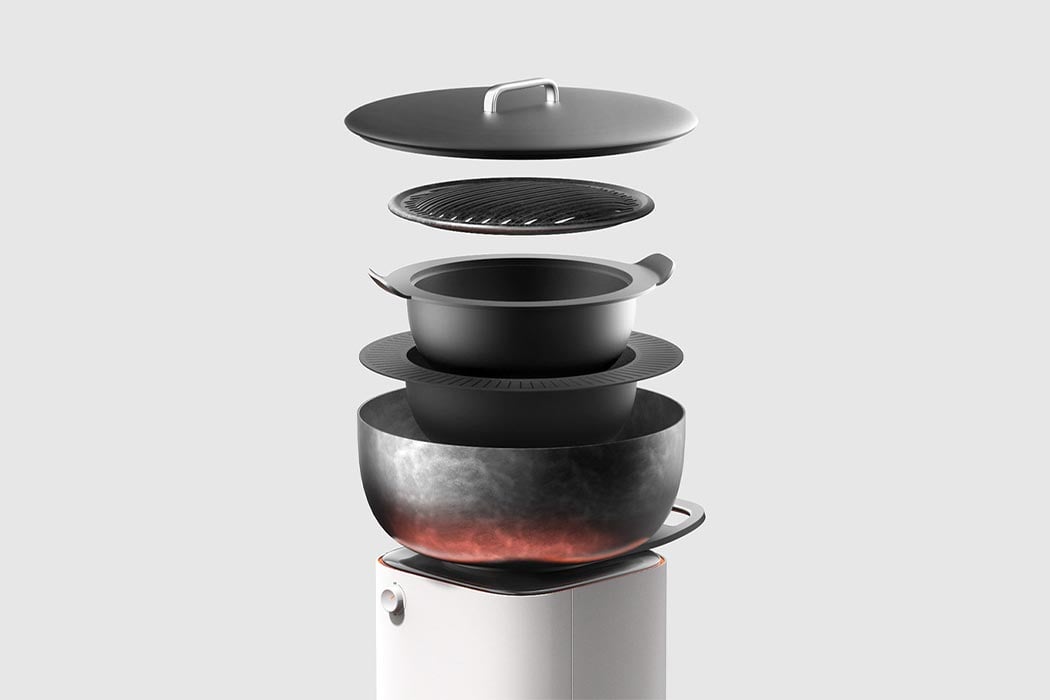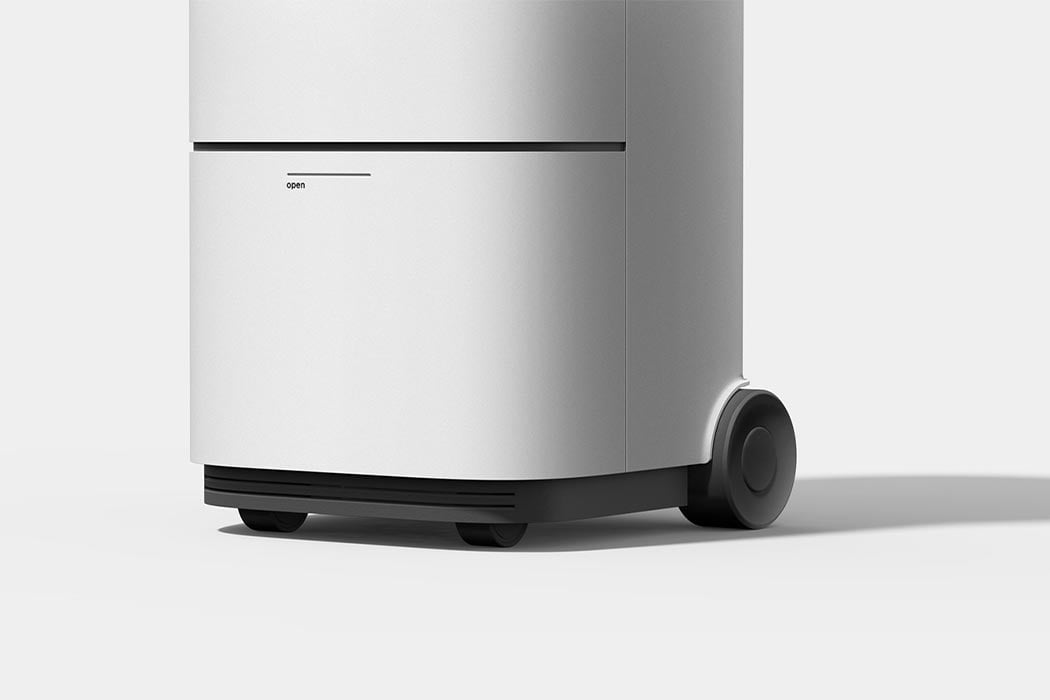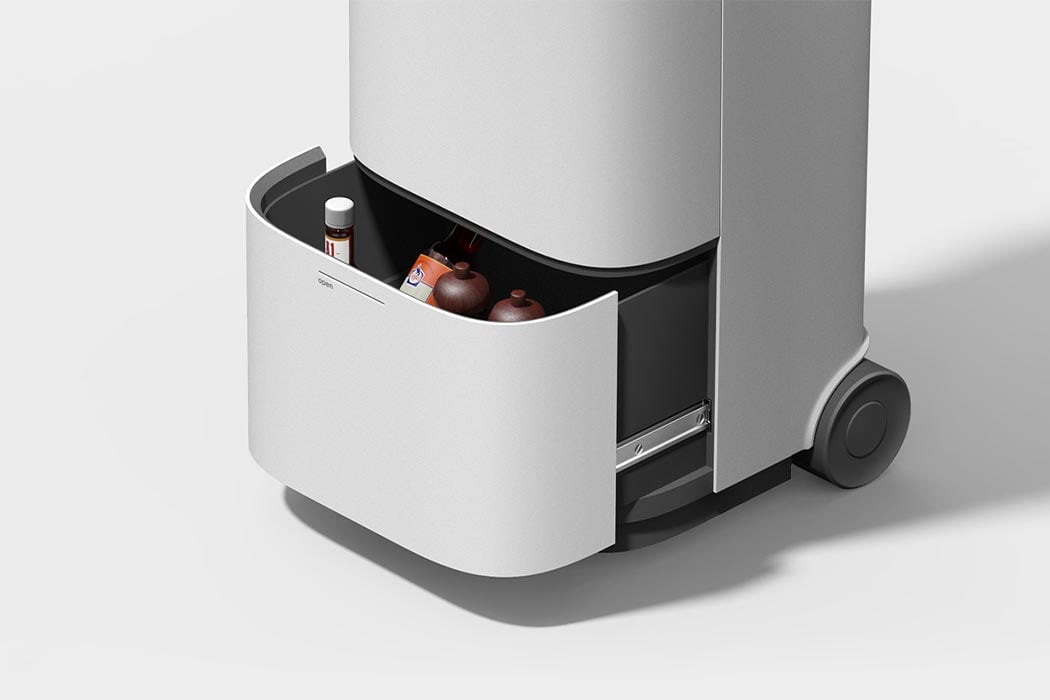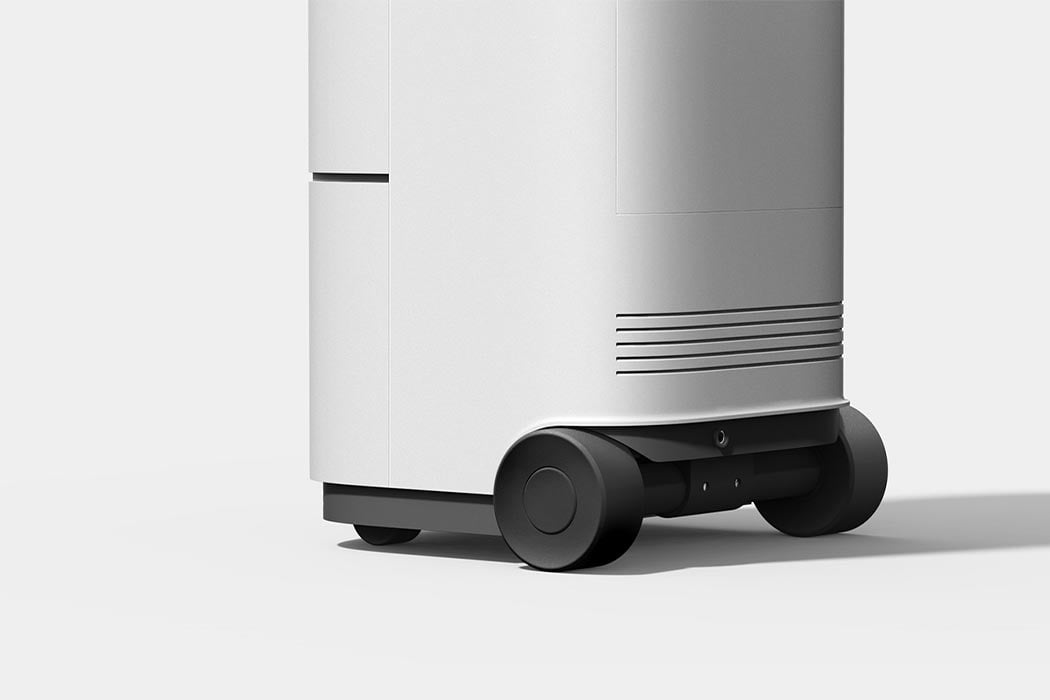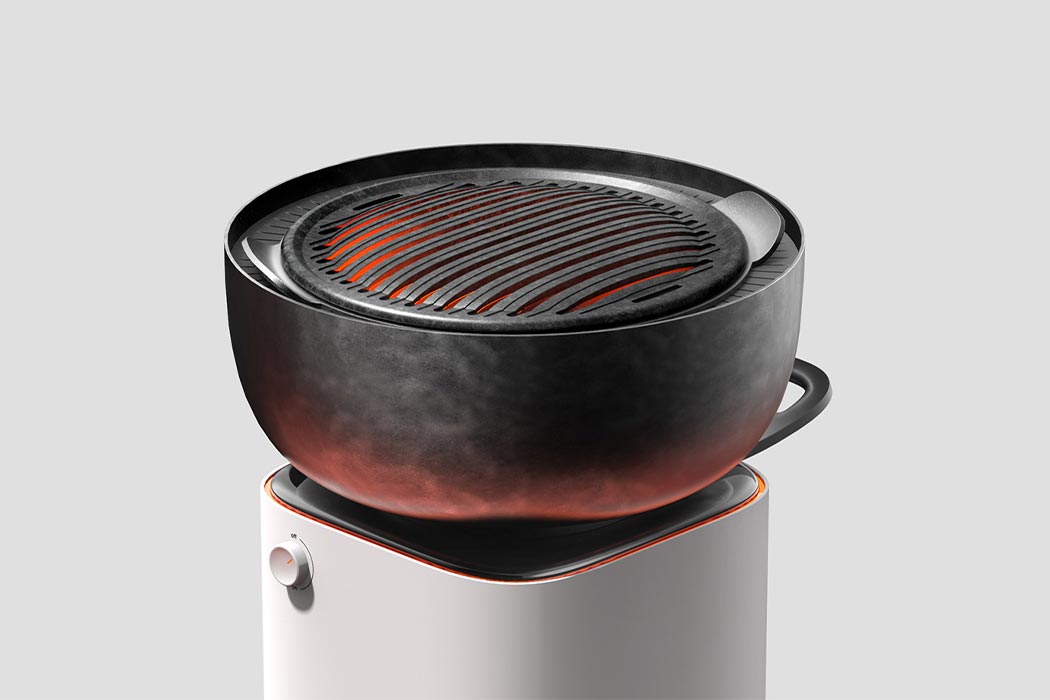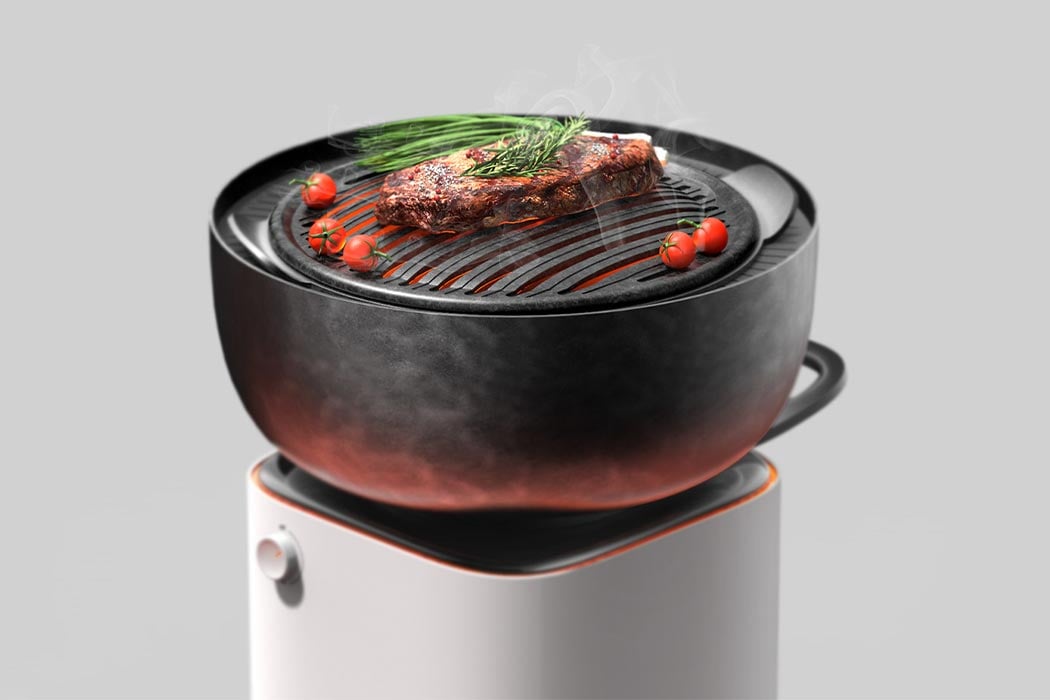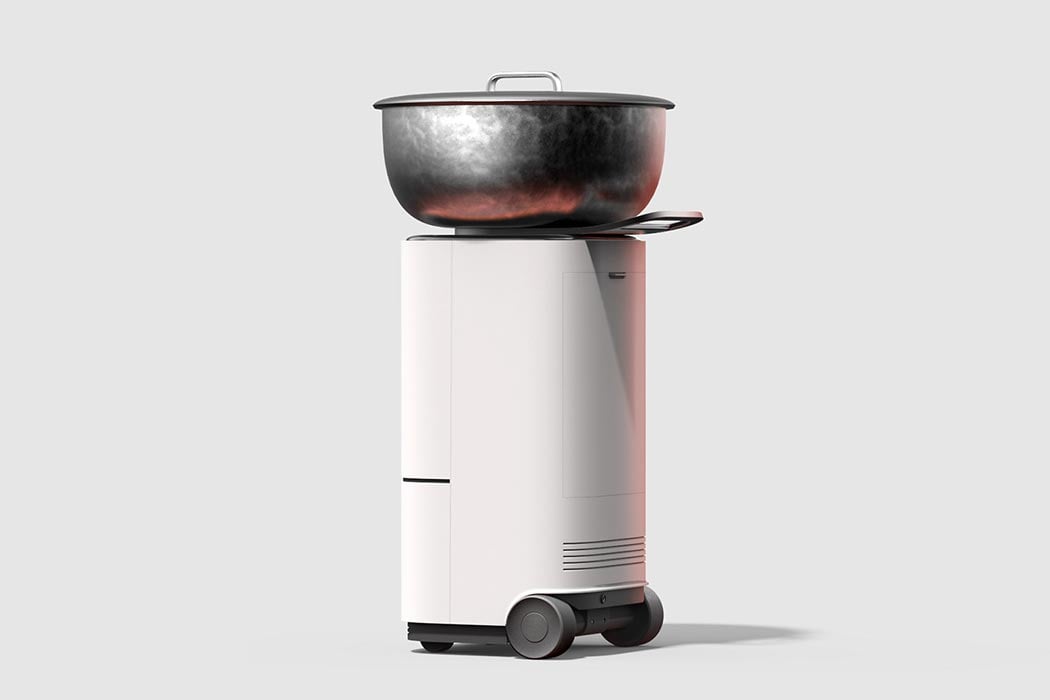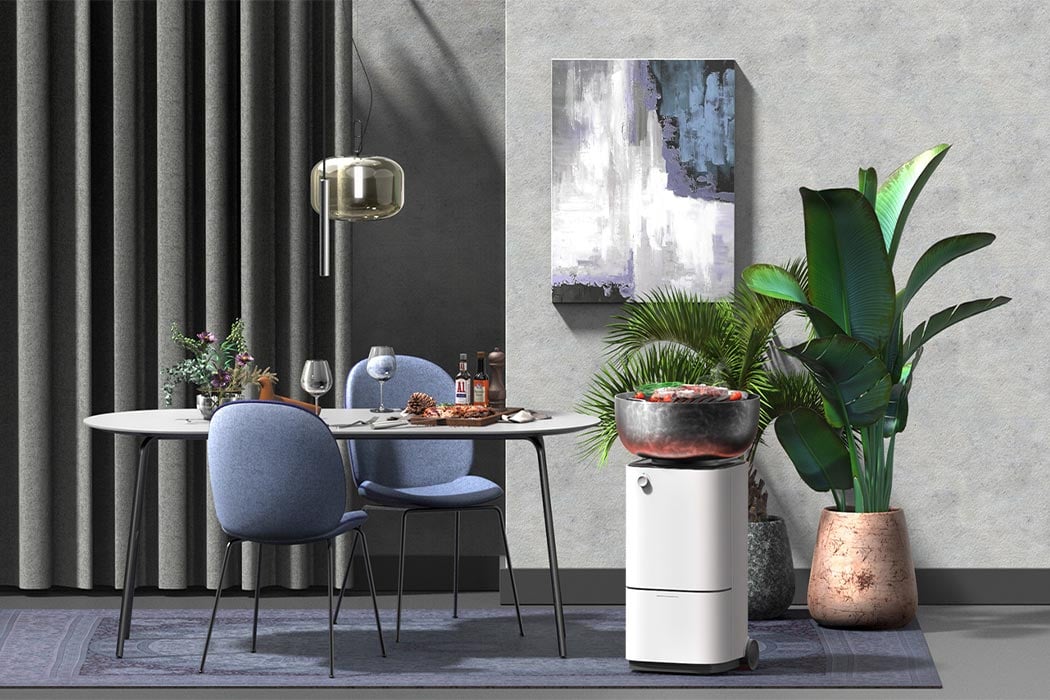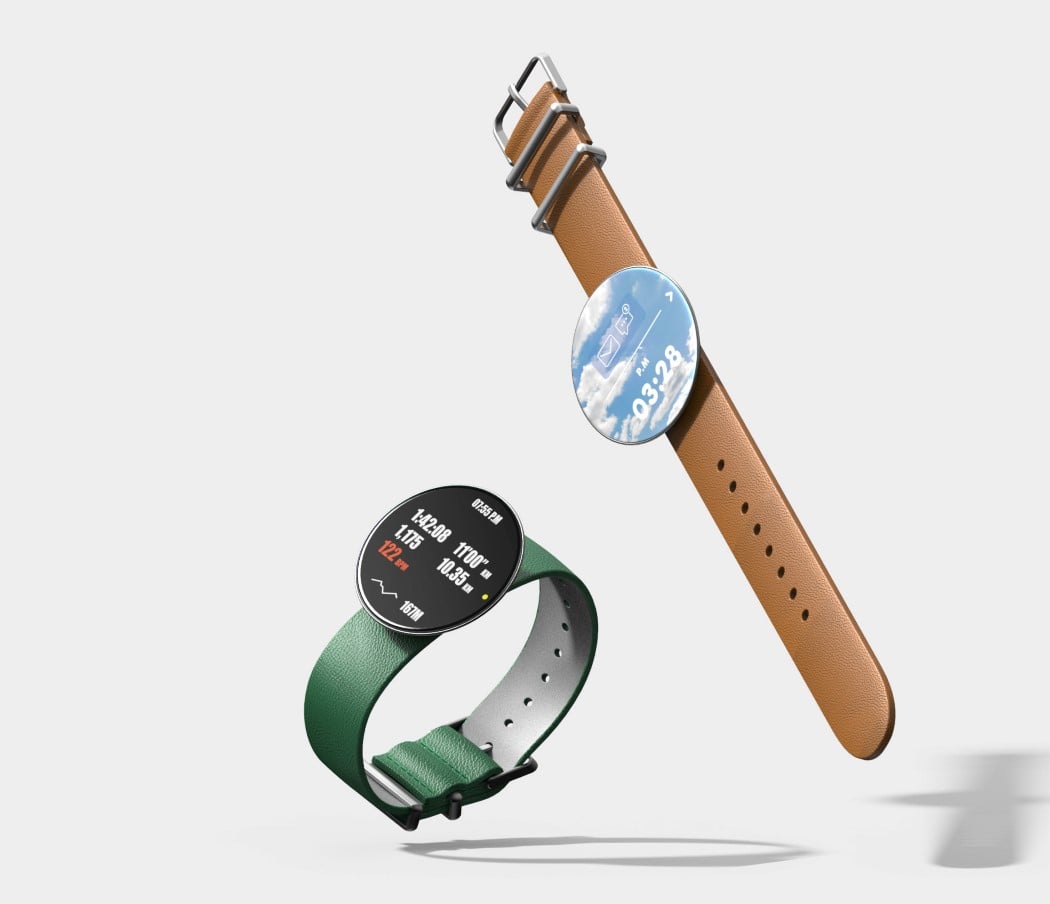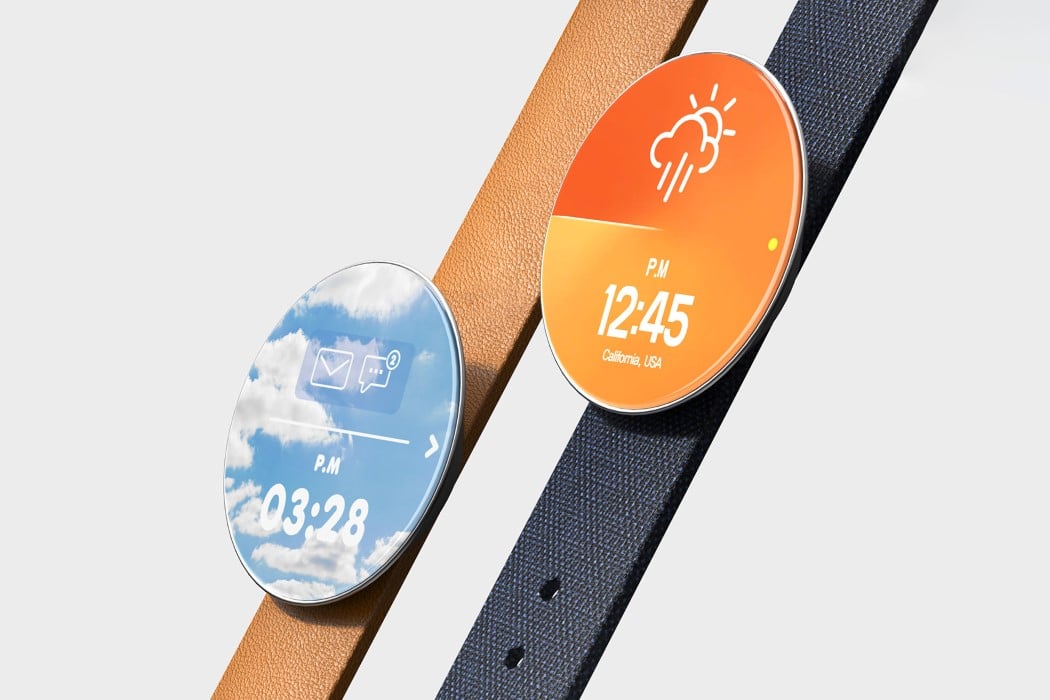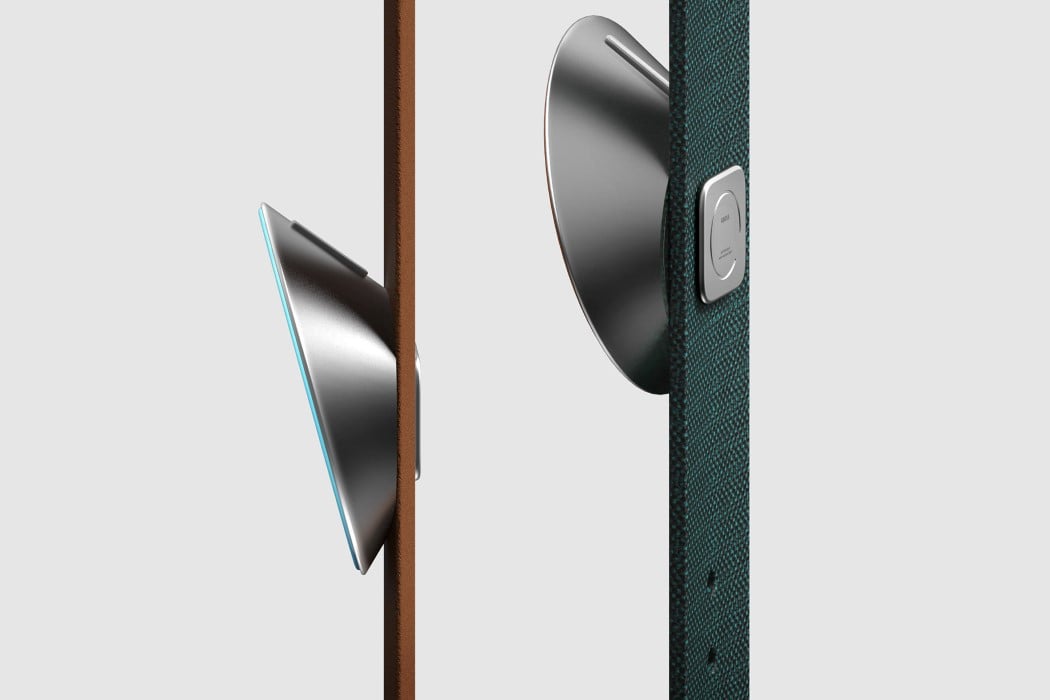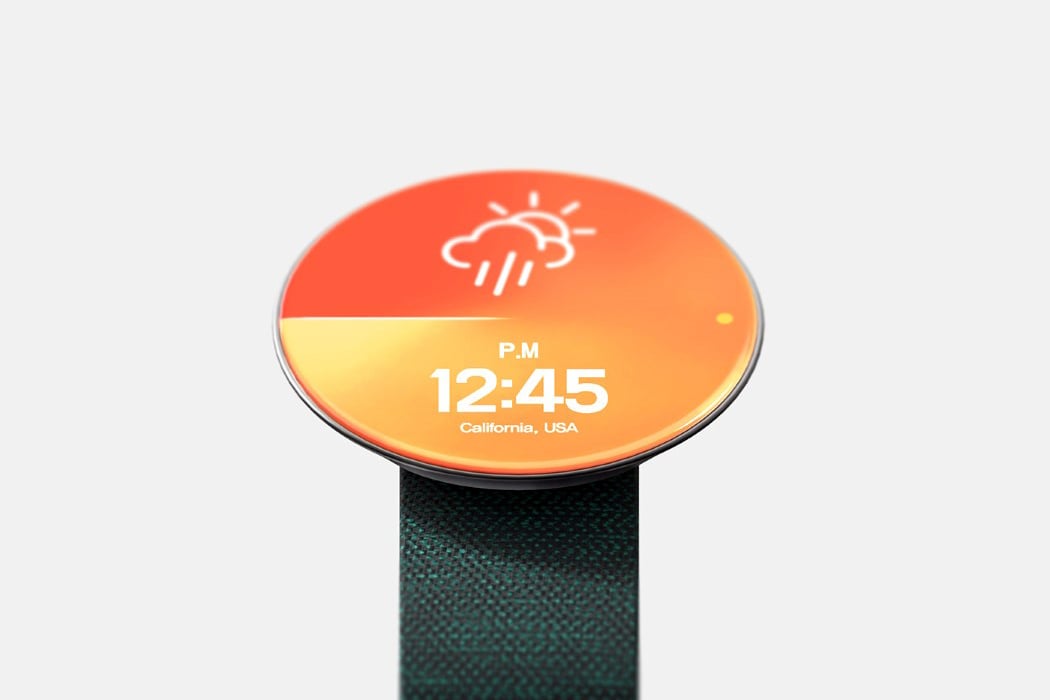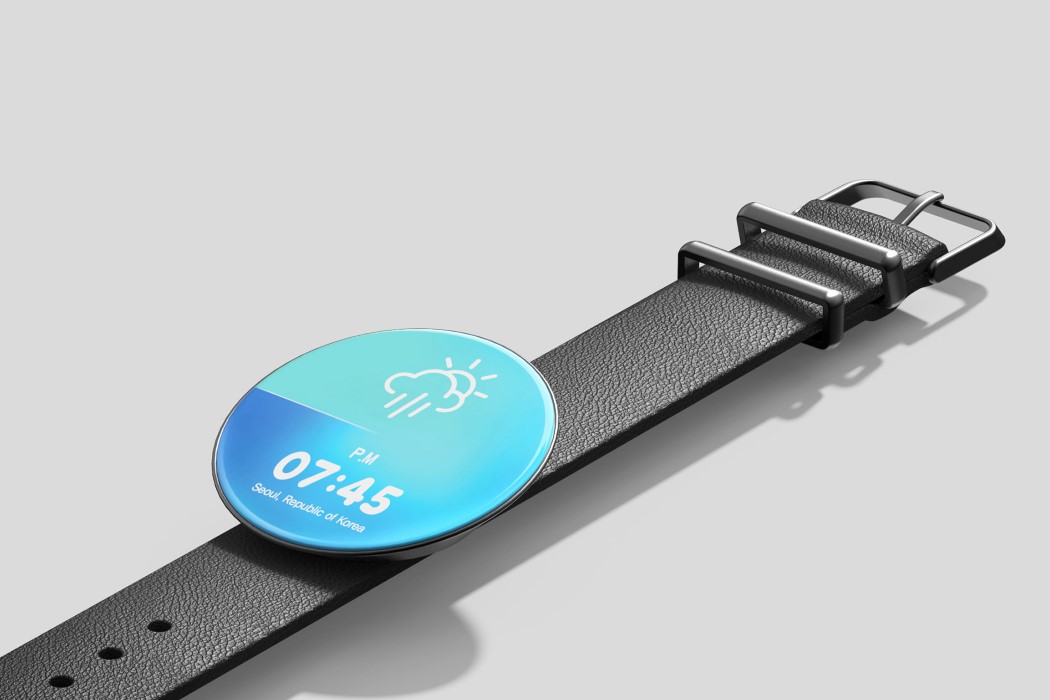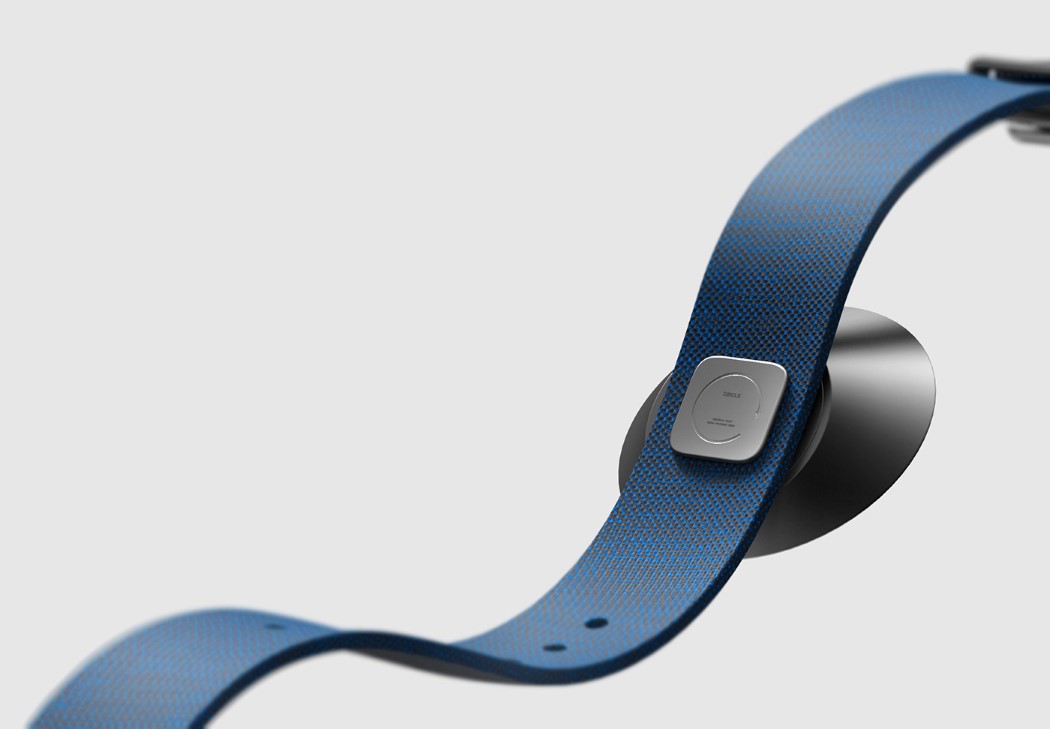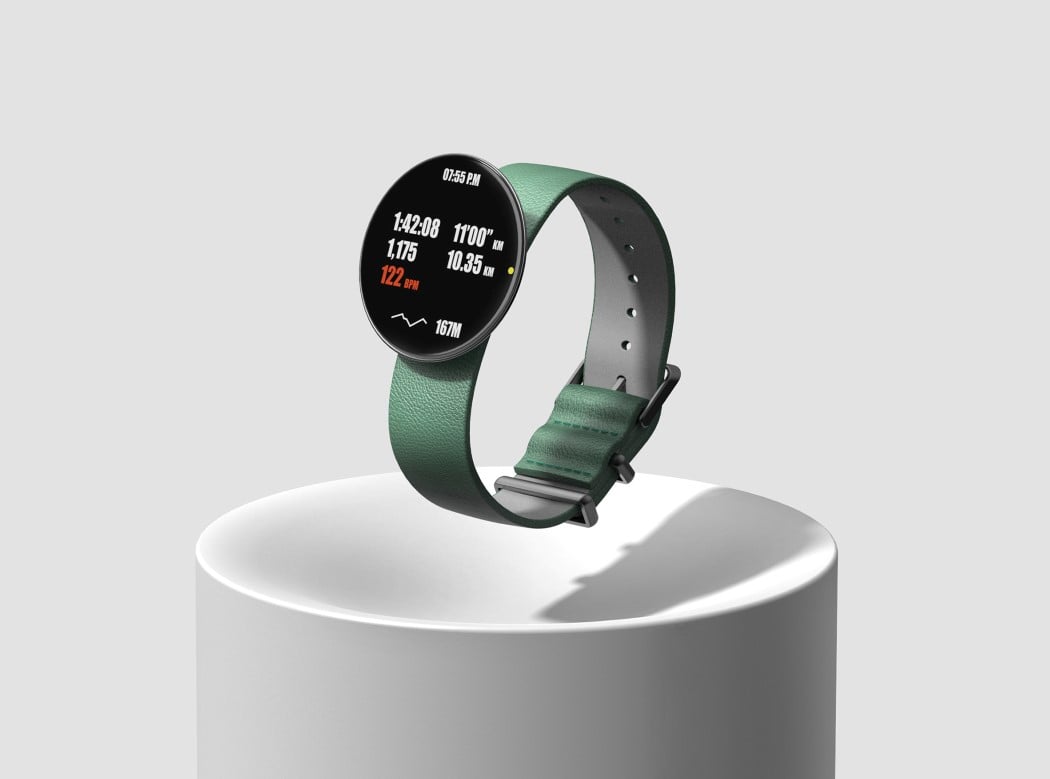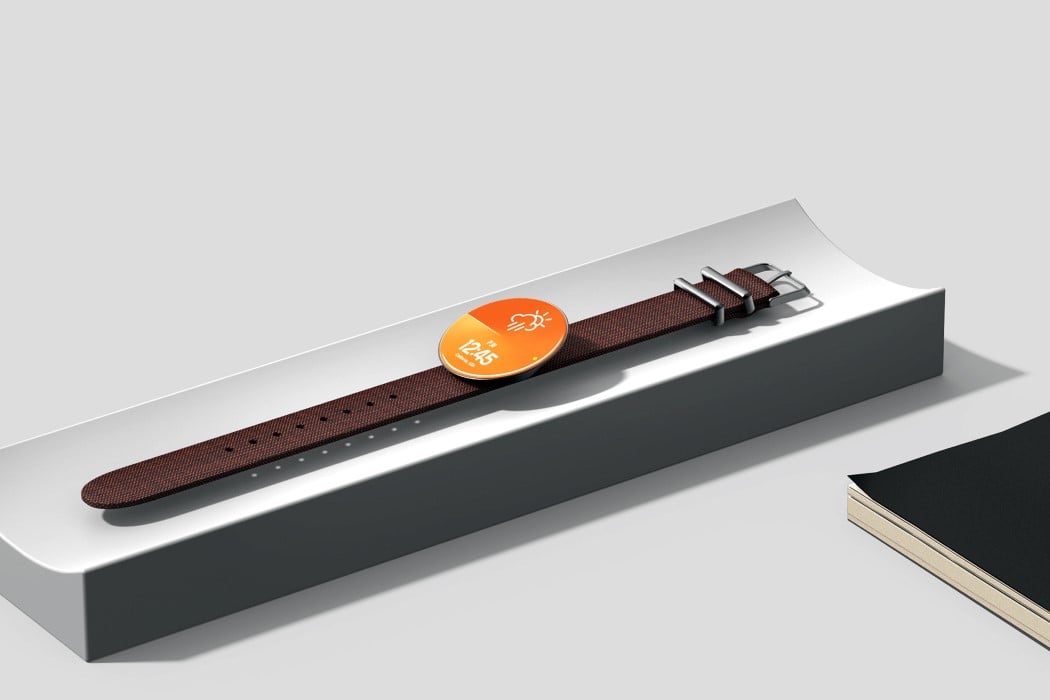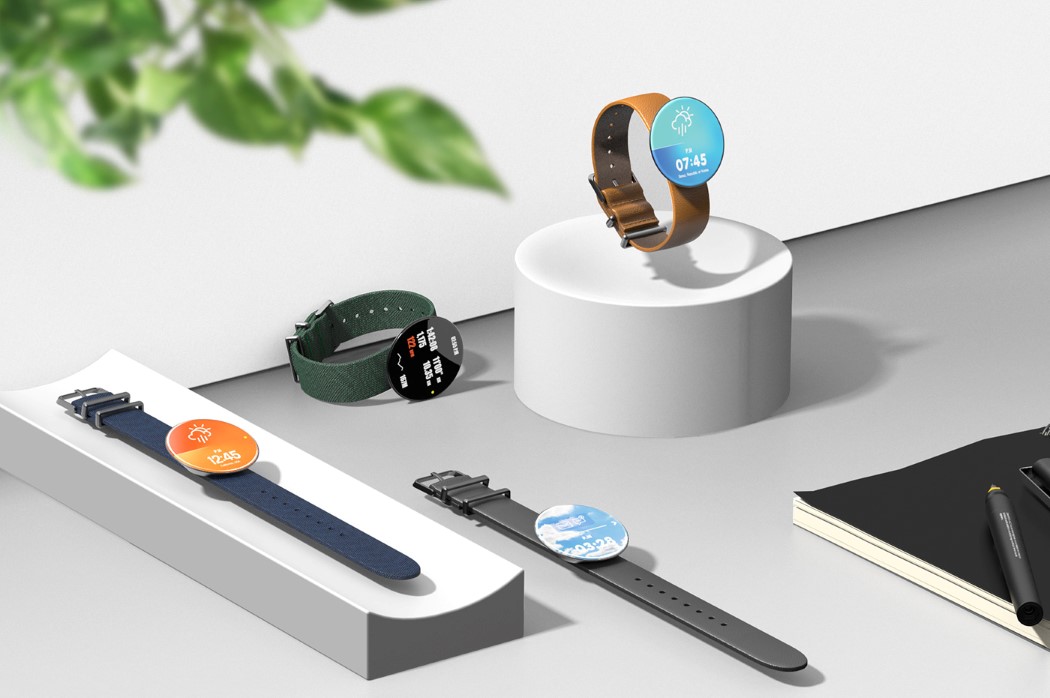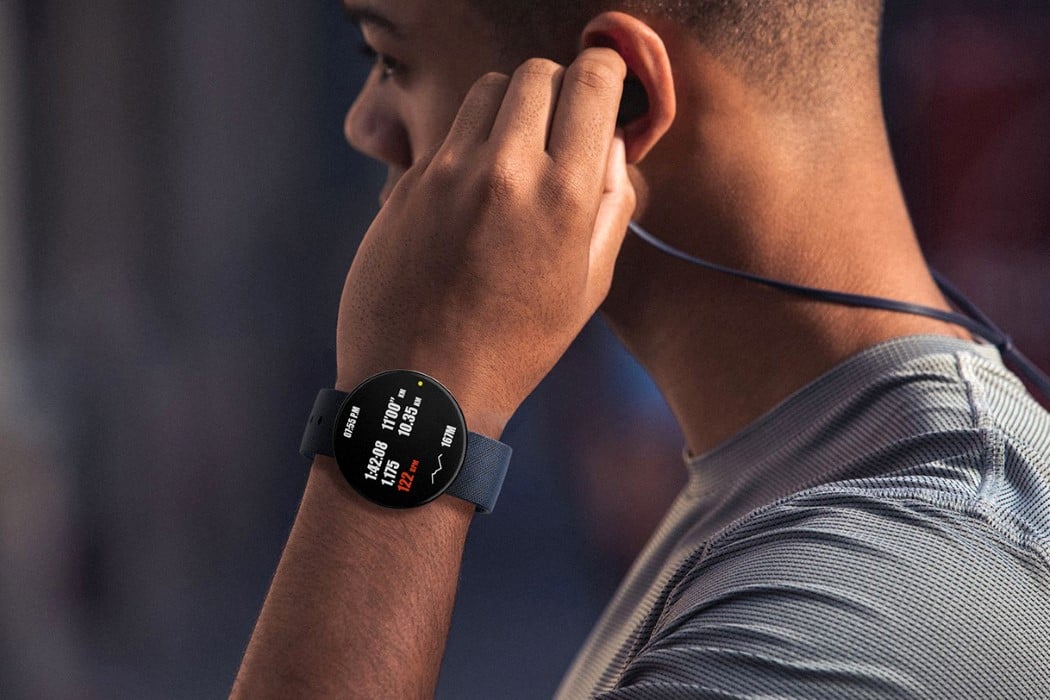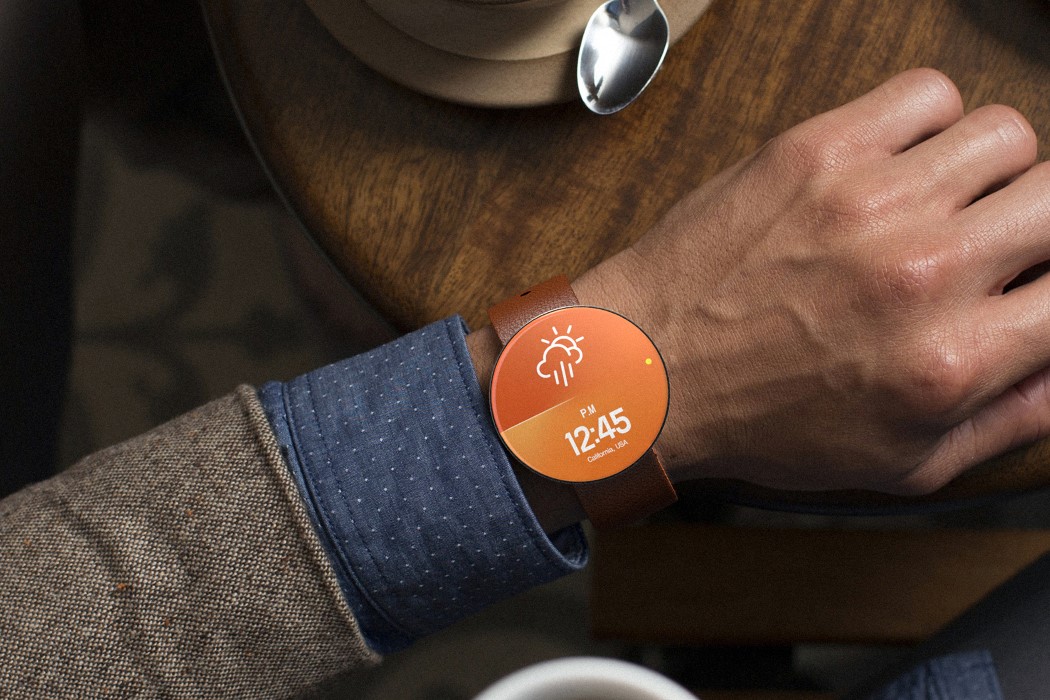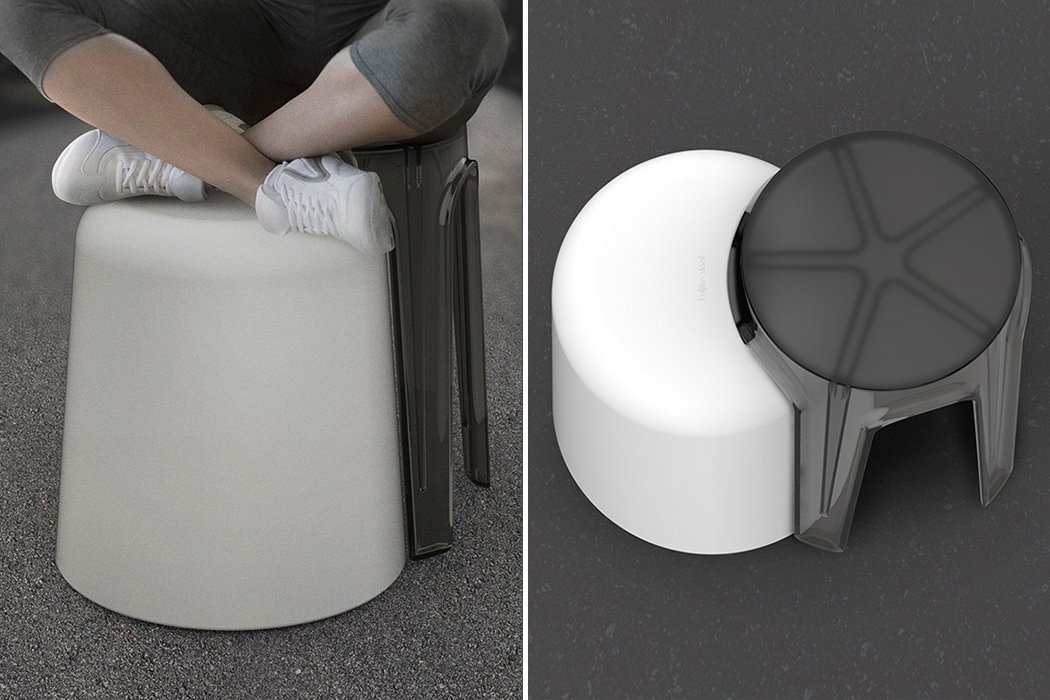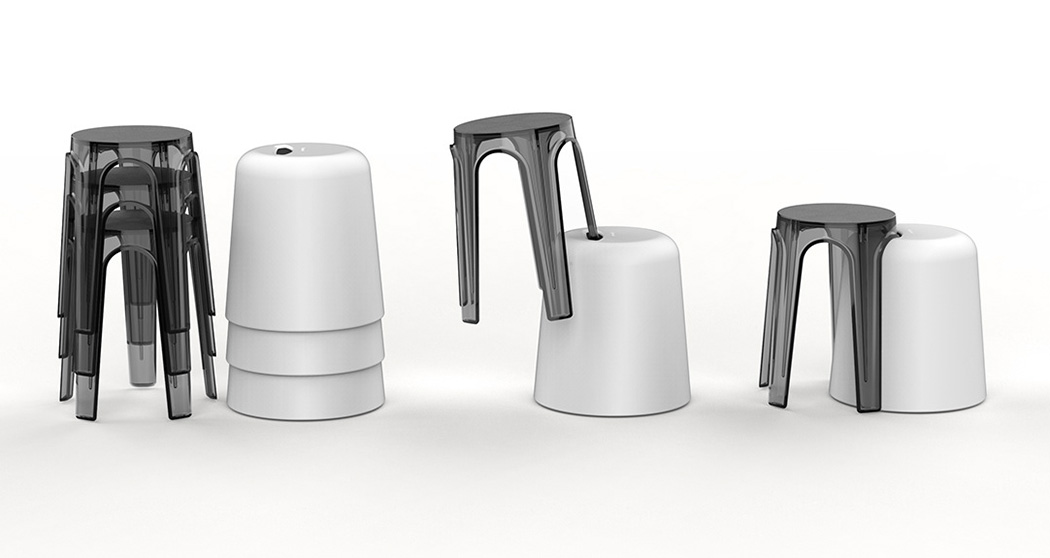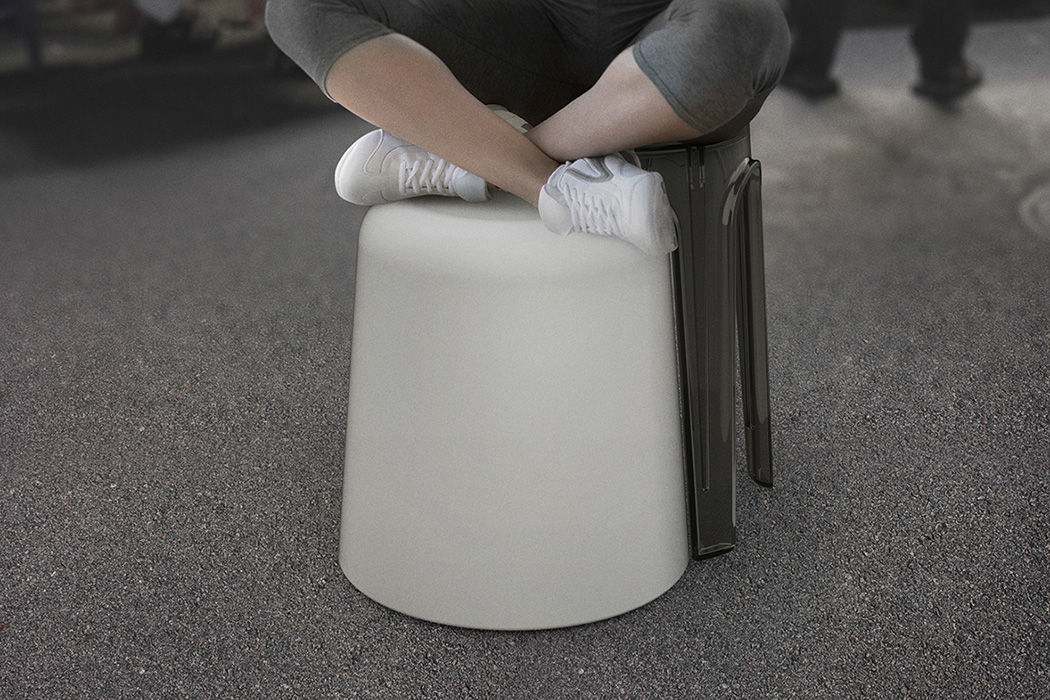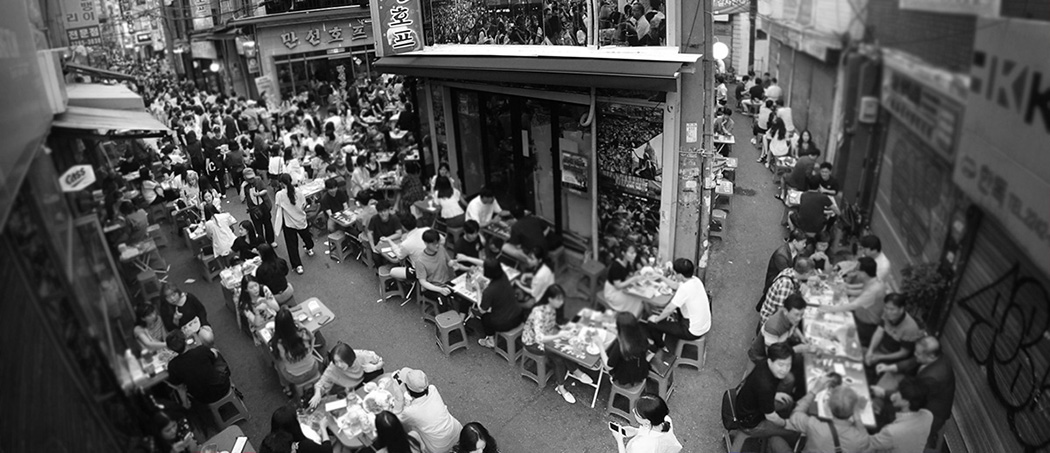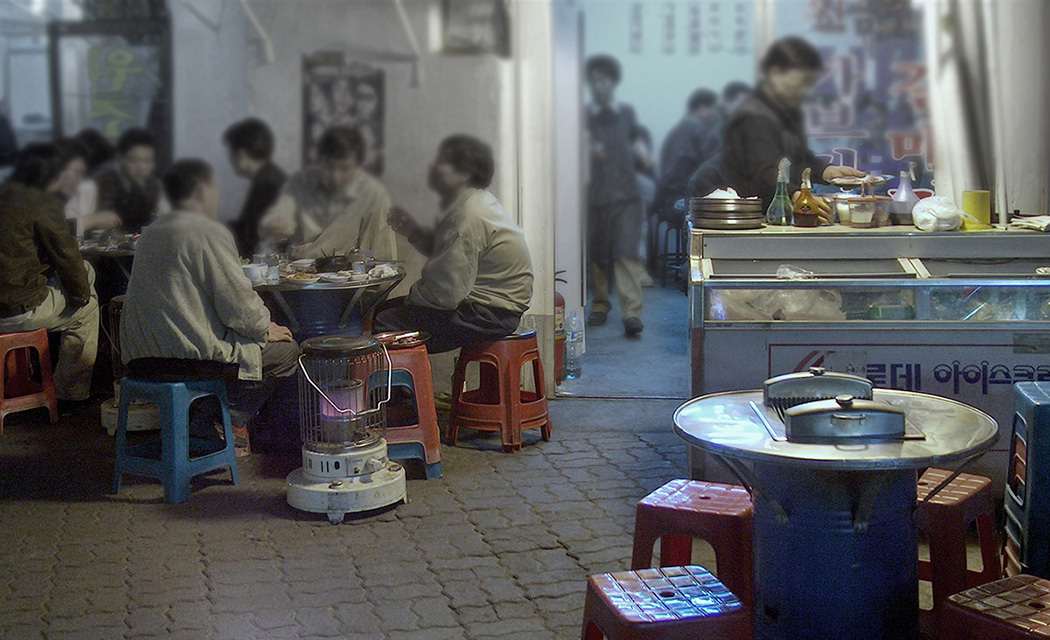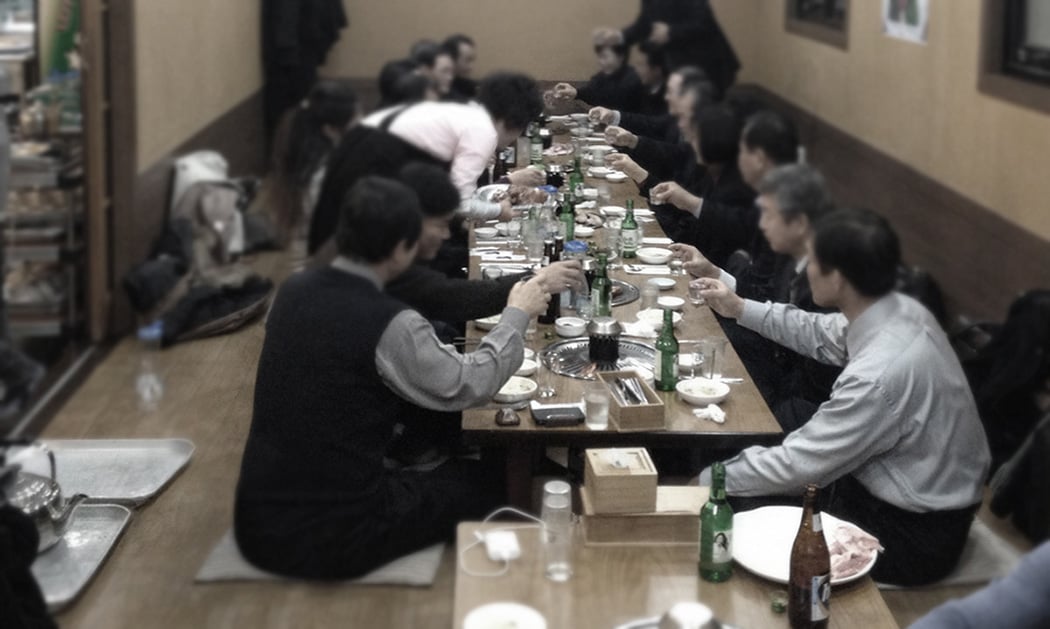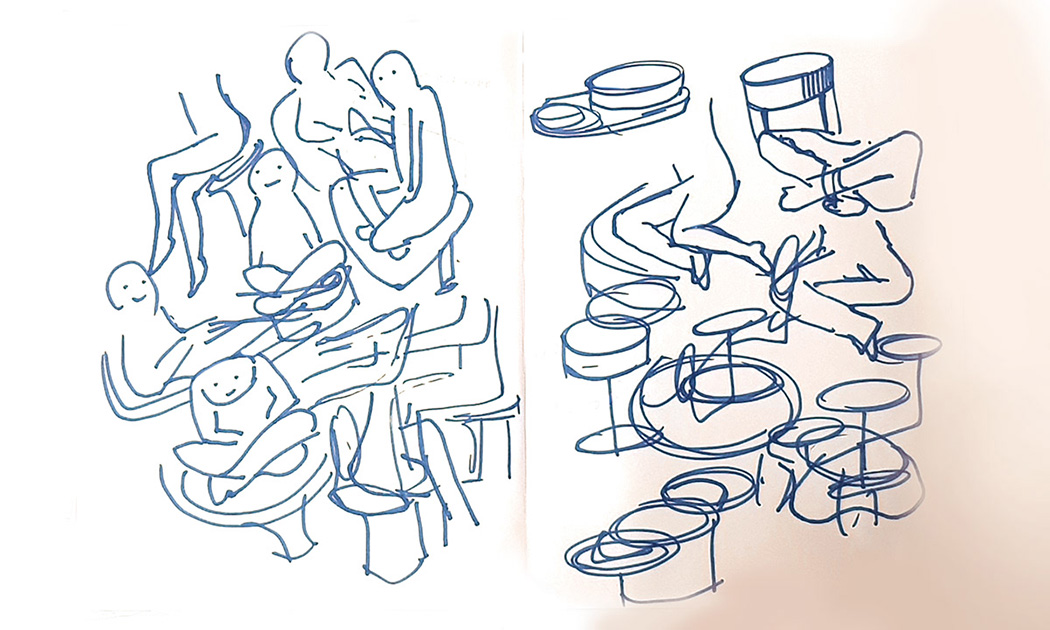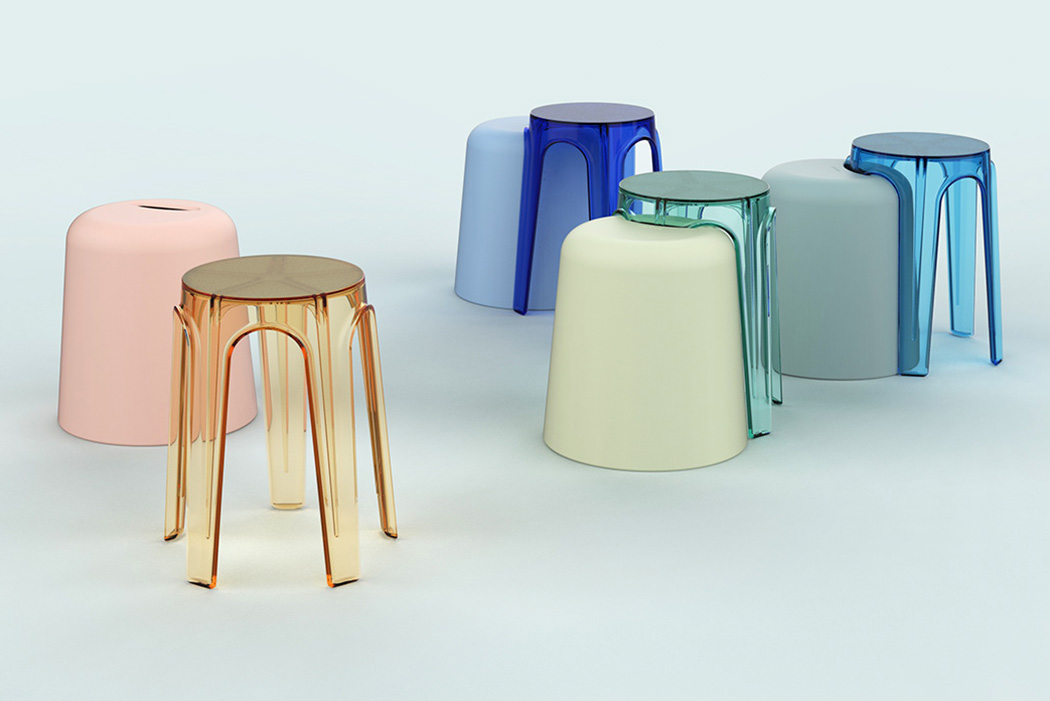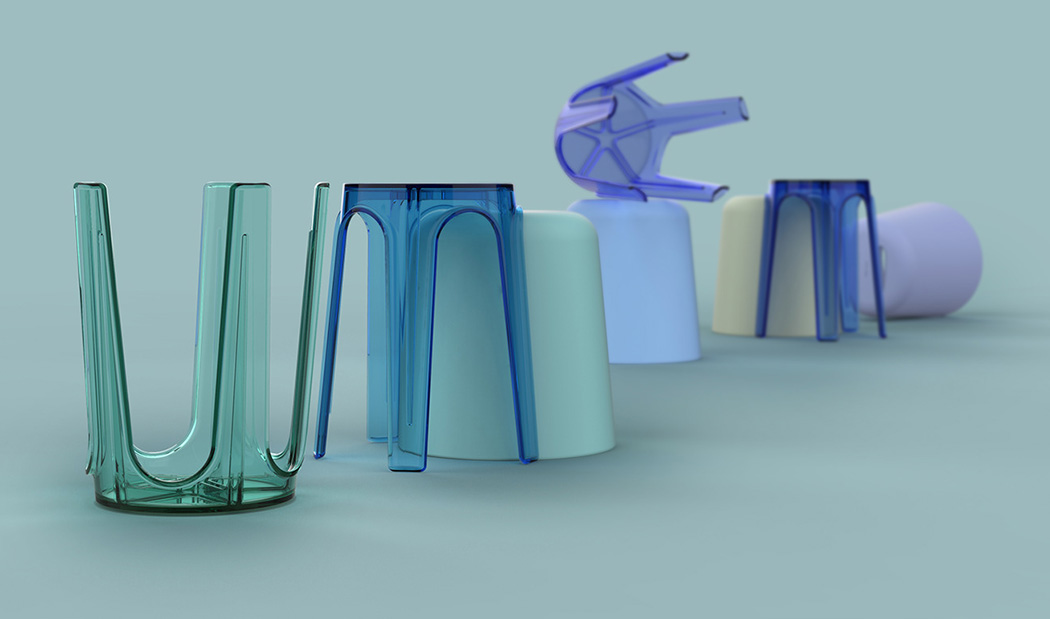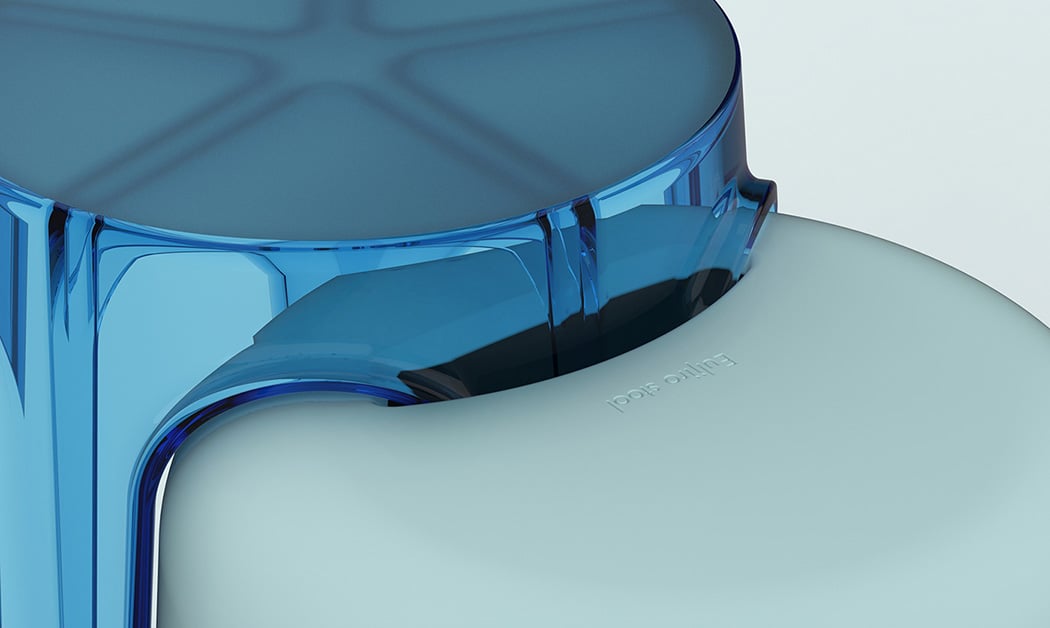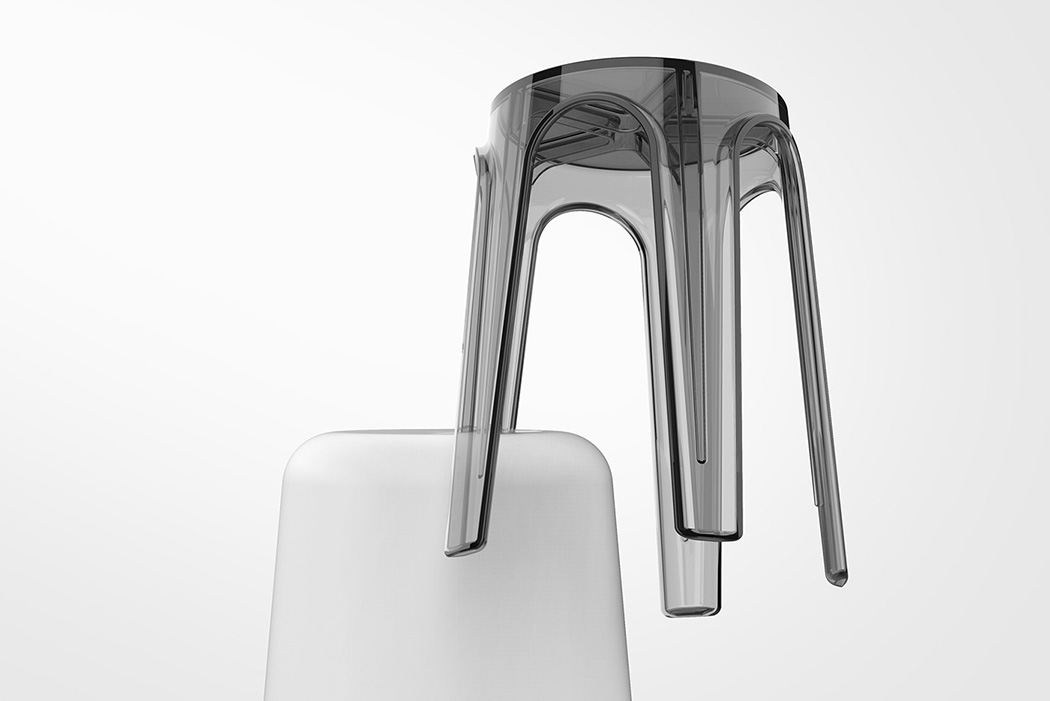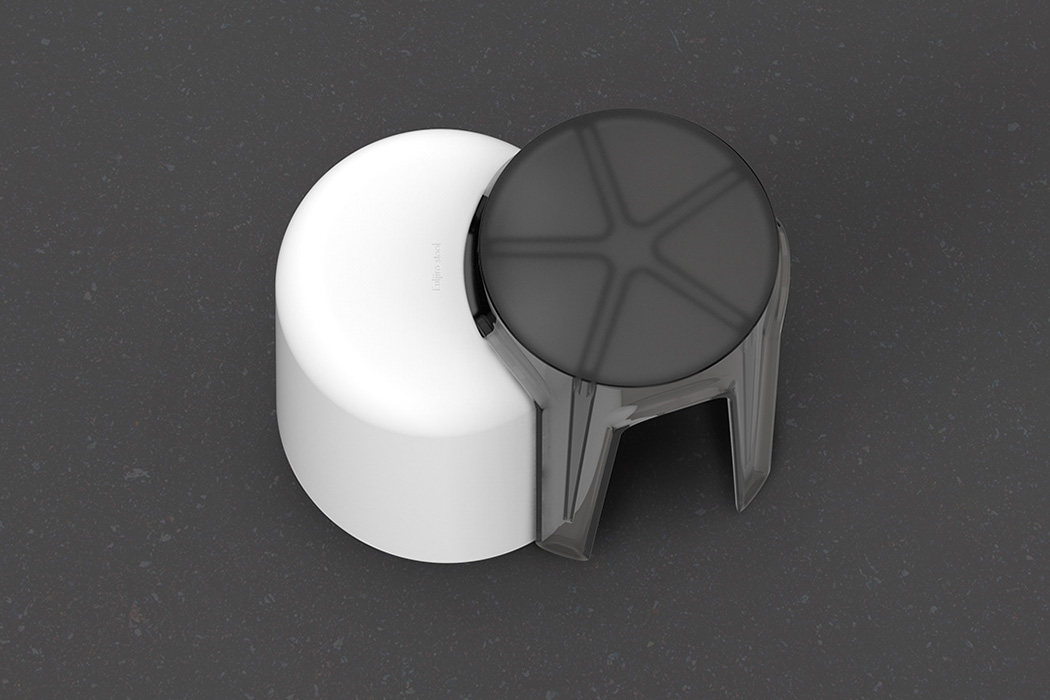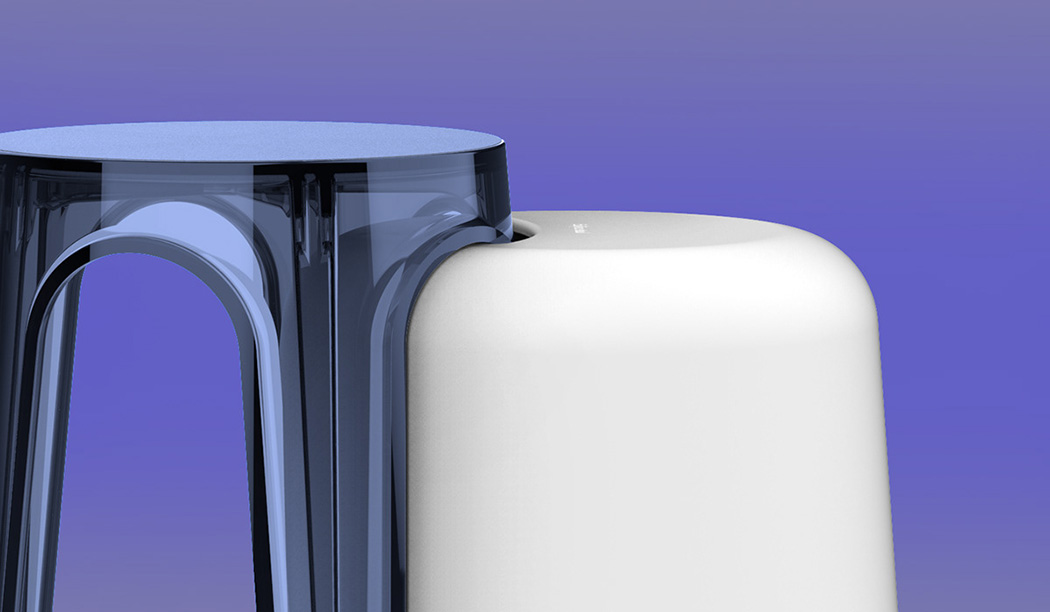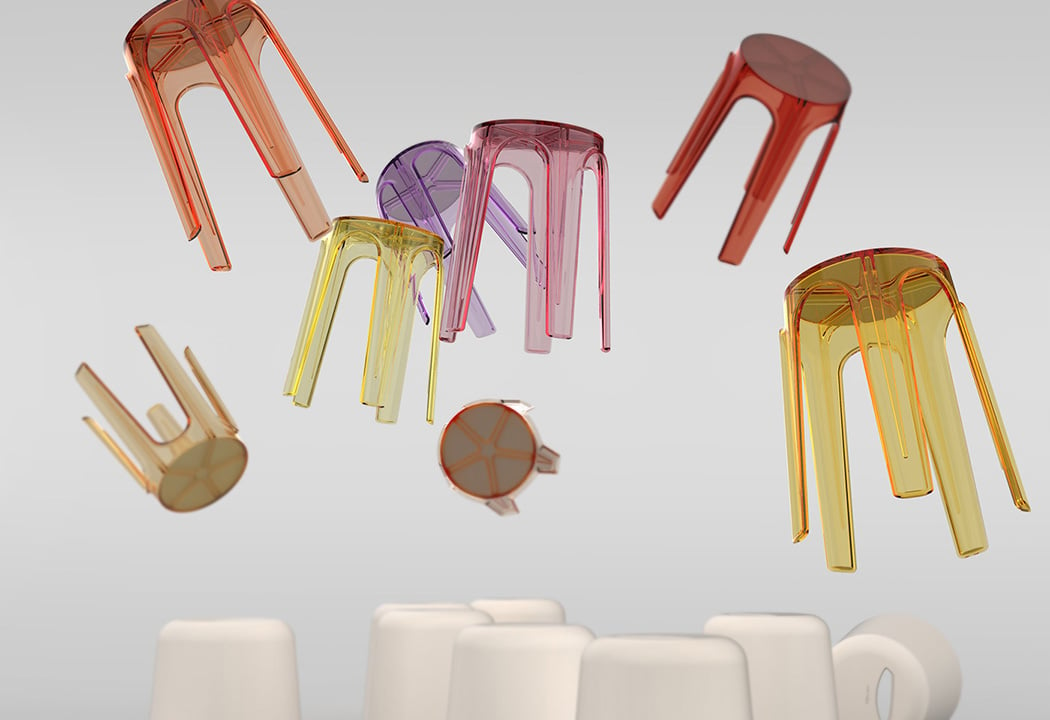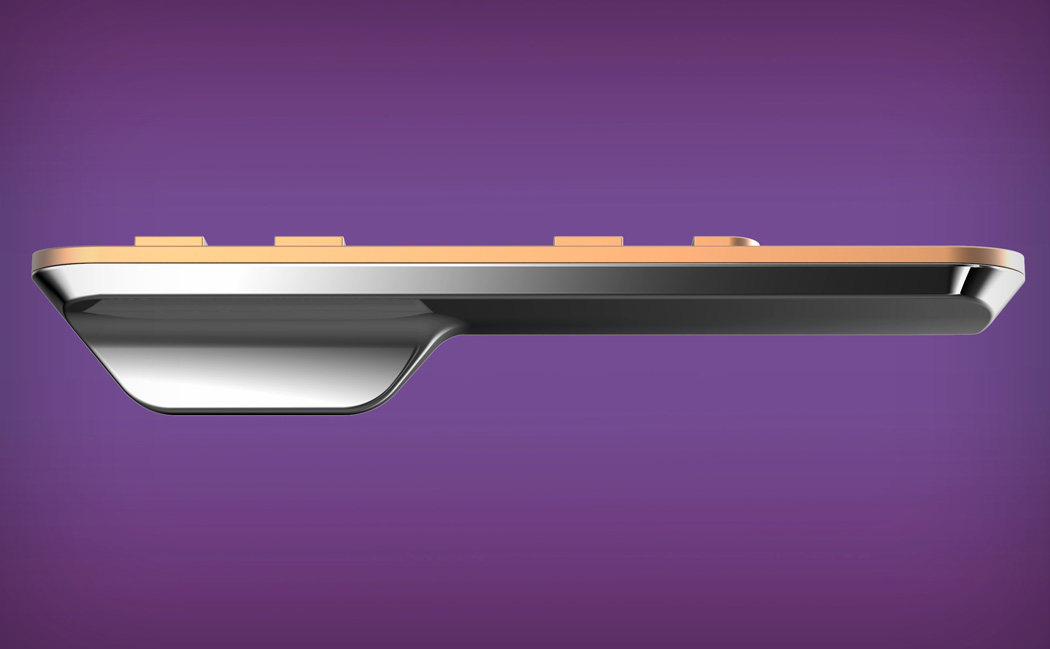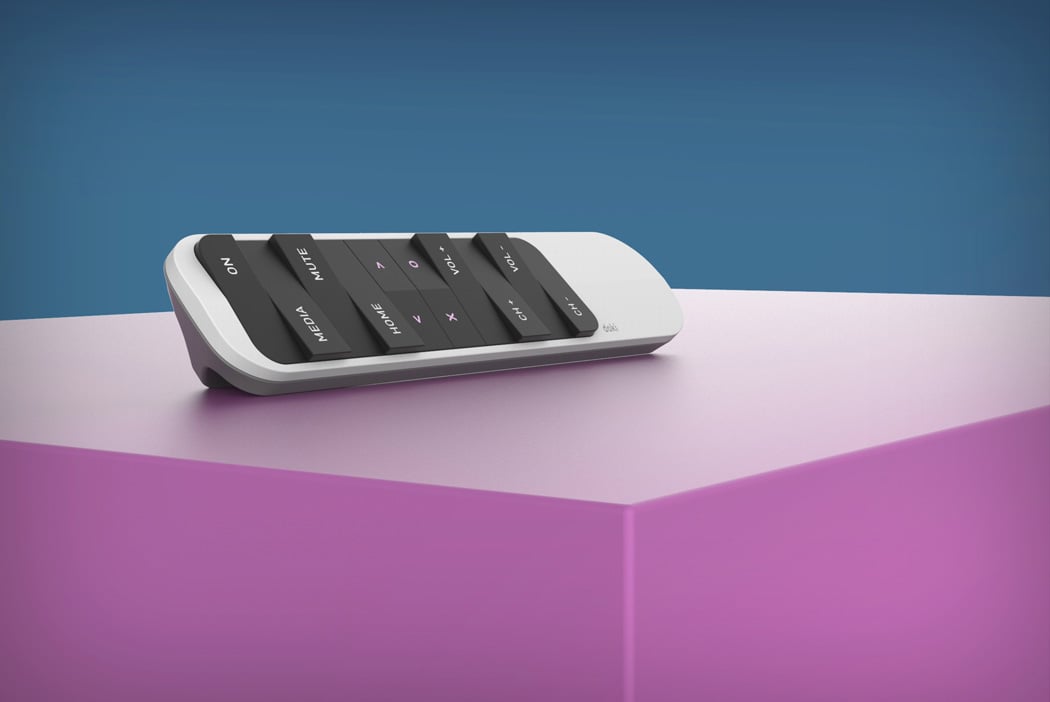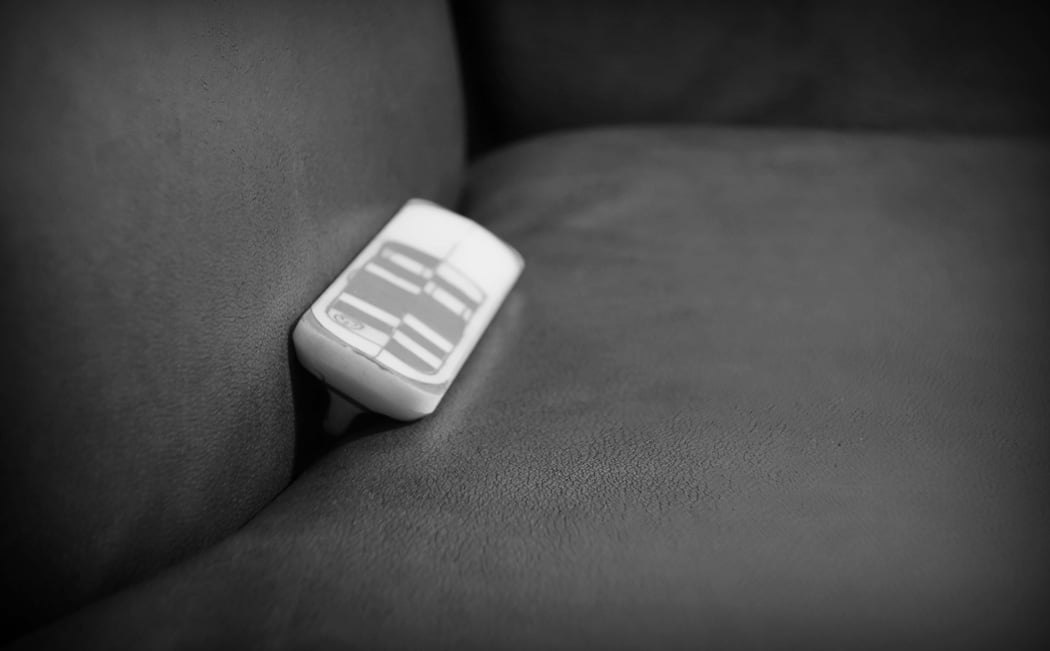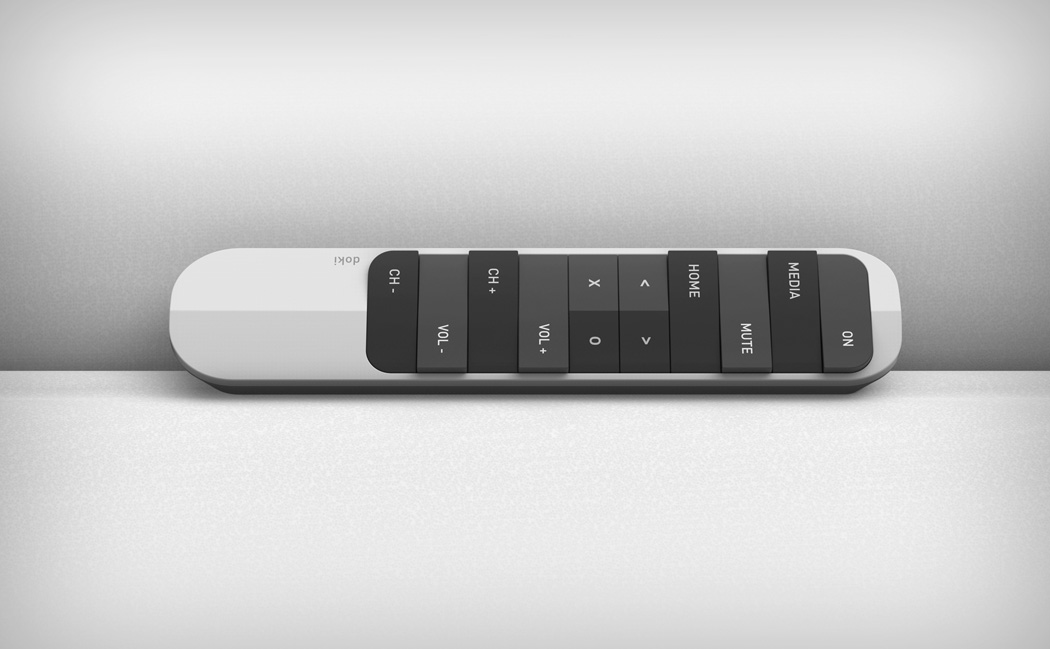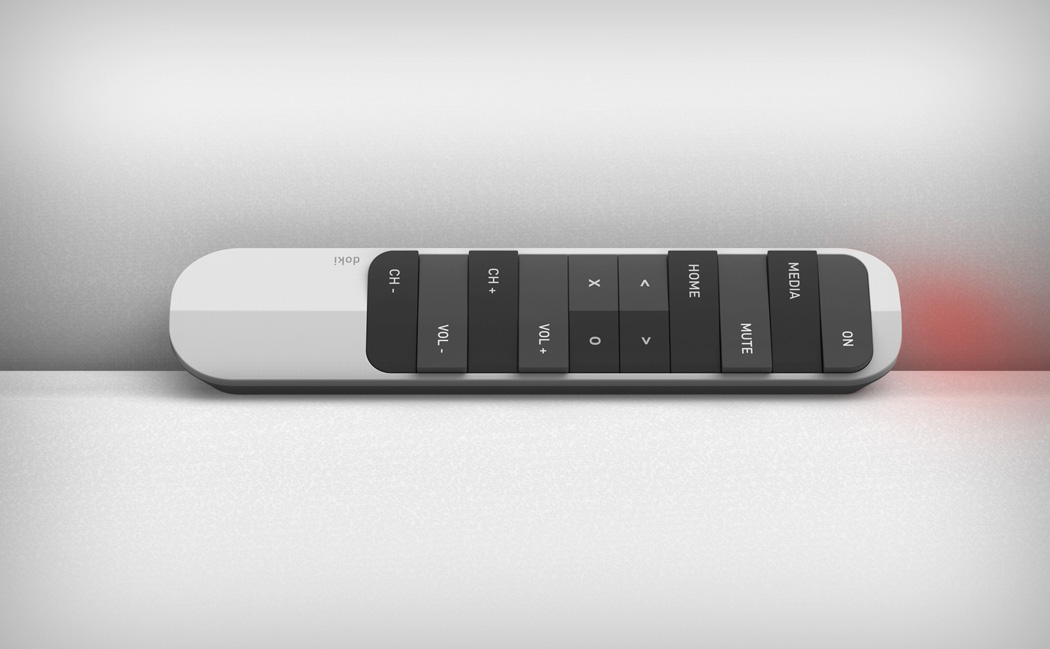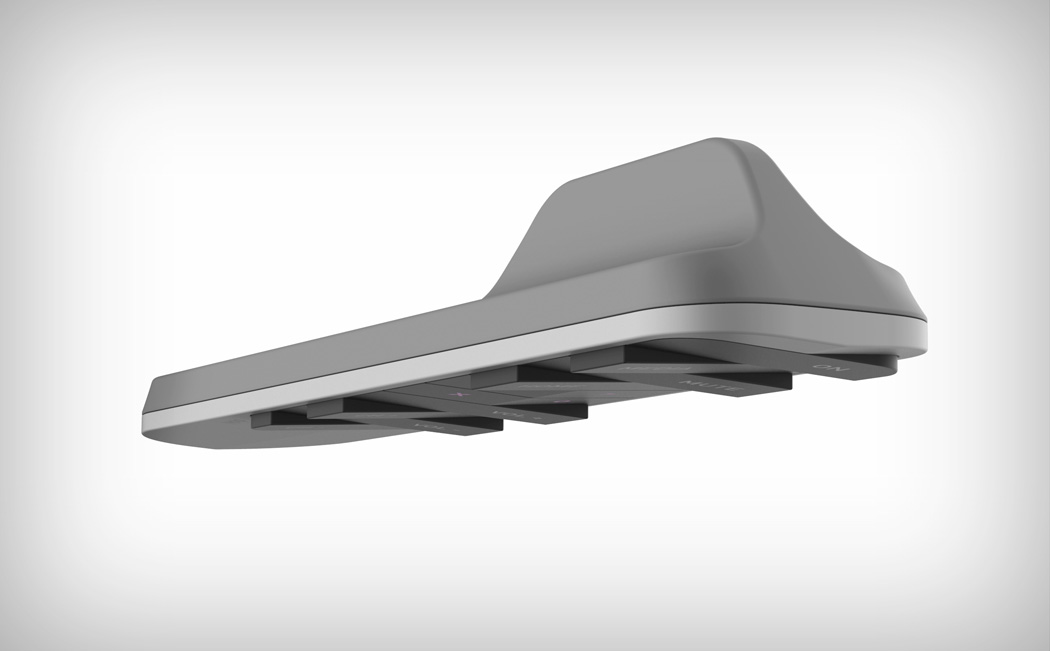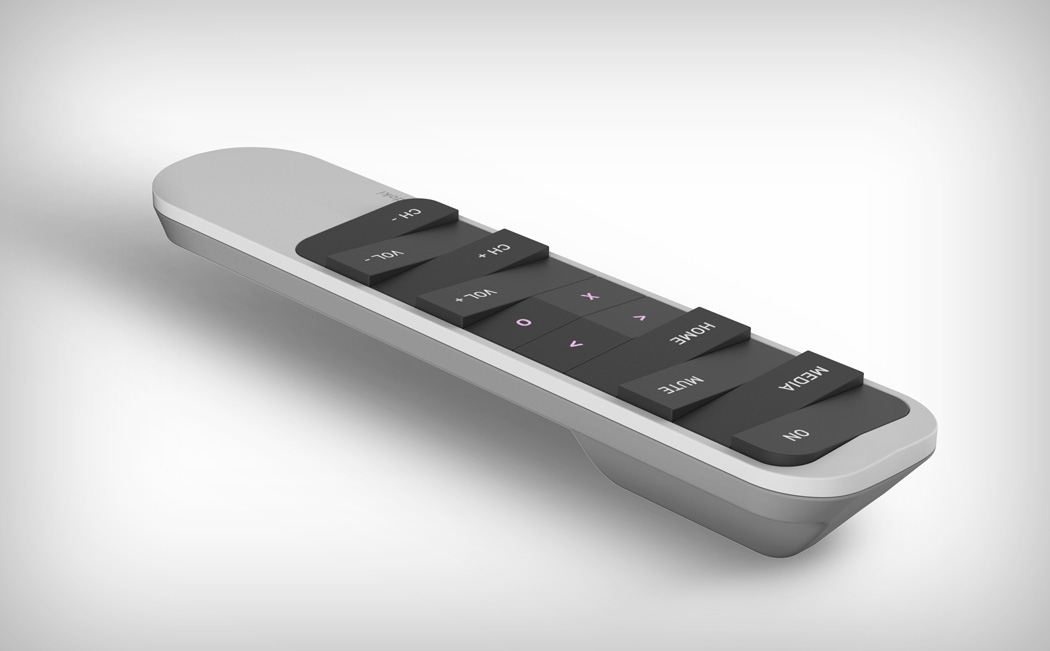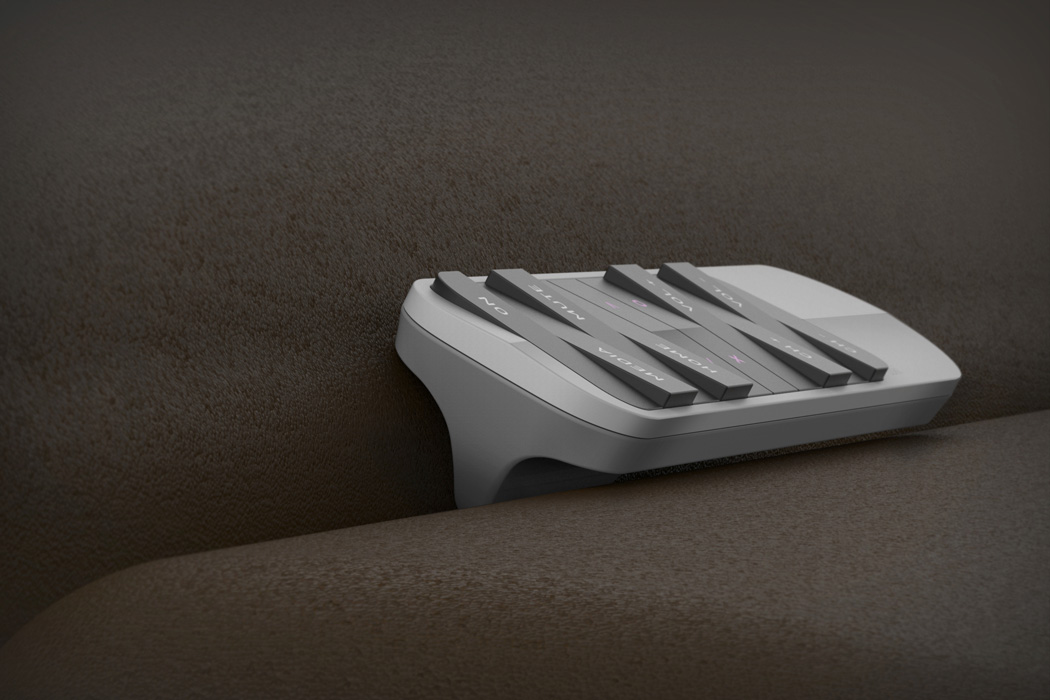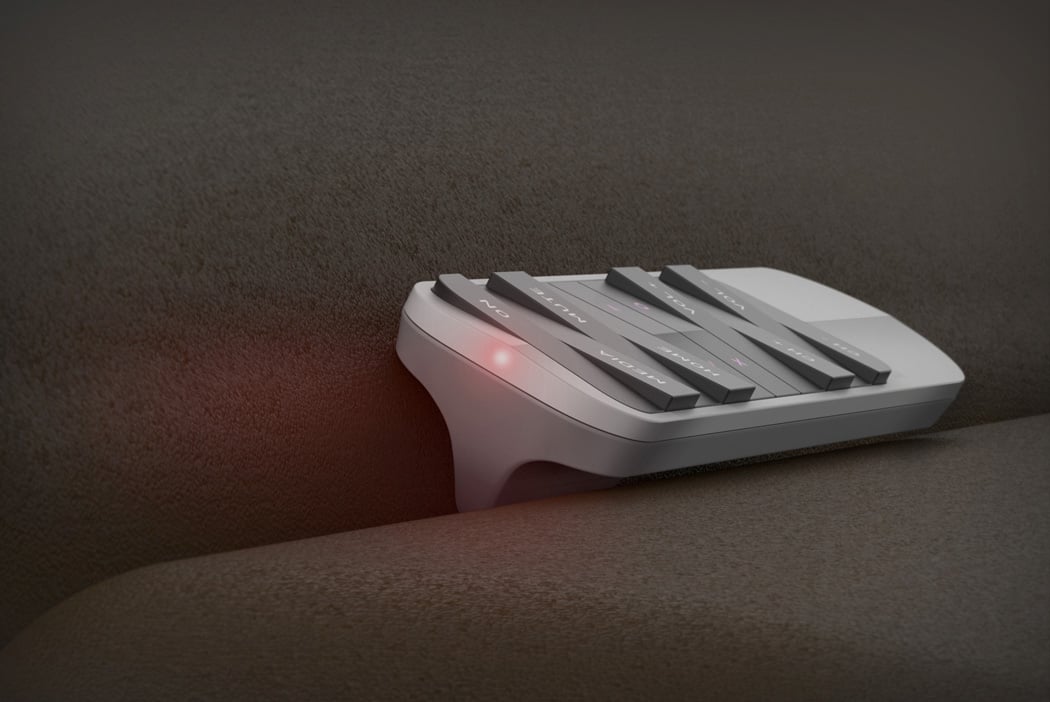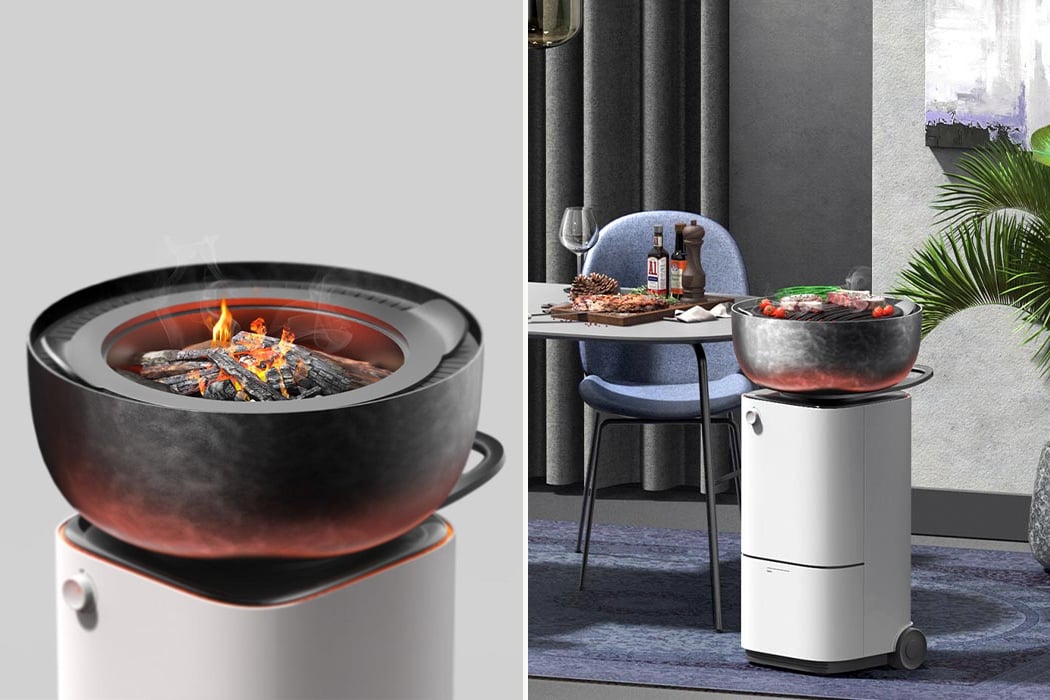
Missing the BBQ parties during game nights and holidays in quarantine? This conceptual BBQ grill, Campin, makes it possible to still enjoy it indoors (perhaps with fewer people, and if it is just yourself then you won’t even have to share food!) while following the COVID-19 restrictions about outdoor activities and gatherings. BBQ parties are almost a cultural tradition to celebrate events big and small, and while traditionally one has to have a backyard for it, you can now enjoy it thanks to Campin within the comfort of your home without the need for the extra outdoor space – a huge blessing for the urban demographic who is cooped up inside in the pandemic.
It has two core parts – the BBQ bowl at the top and the bottom base. The BBQ bowl has a metal container that houses the whole setup including the intake vent, a charcoal bowl, a grill, and a lid. These pieces are modular and can be separated for easy cleaning and management. There is an LED located under the BBQ bowl that illuminates the lower side and making it look like there is a real fire for the ‘right vibes’. Campin lets you grill with a charcoal fire by using the specific charcoal bowl for that authentic taste. The smoke is sucked in through the intake vent outside the grill and it is purified and discharged through the filter structure inside the body – the mechanism is similar to an air purifier. The lower part in front of the base includes an outlet to discharge the purified air.
Another thoughtful detail that saves space and reduces mess is the little storage compartment in the bottom – all sauces, seasonings, and dips can be put in here so there is no need for extra counter space or a runner who has to keep going back and forth to the kitchen. Campin can be charged when not in use via the charging port on the rear end of the base making it functional and portable. With this product, you won’t need an invite to a backyard BBQ anymore or have to wait for restrictions to ease up, just fire up that grill and celebrate that you made it through yet another day of 2020.
Designer: Jeong Kim and Weekend Works
